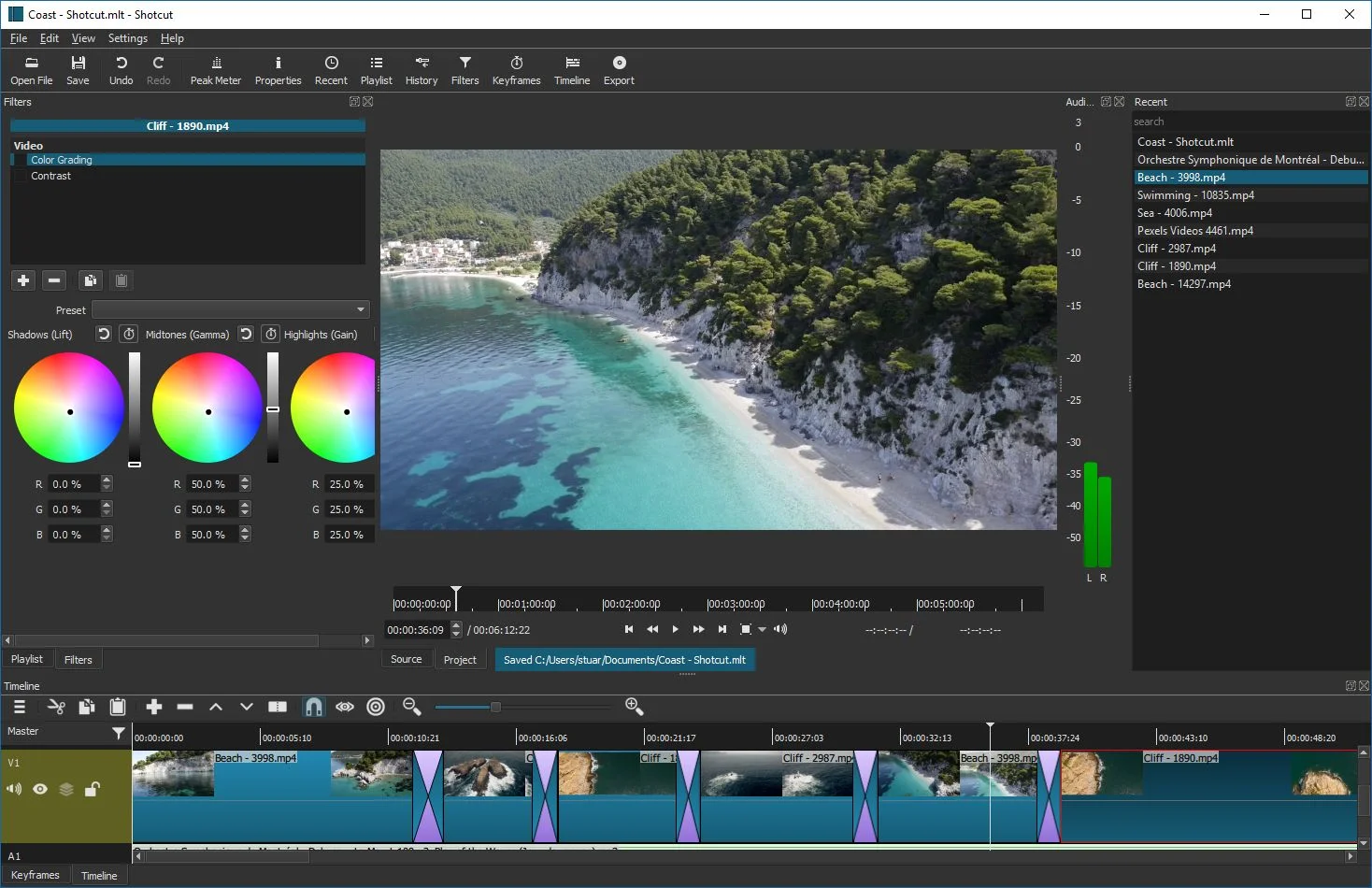Python is a versatile and powerful programming language that has gained immense popularity among beginners and experienced developers alike. Known for its simplicity and readability, Python allows you to write clean and concise code, making it an excellent choice for individuals starting their programming journey. In this step-by-step tutorial, we will cover the basics of Python programming and guide you through the process of getting started with this language.
- Installing Python: Before you can begin coding in Python, you need to install the Python interpreter on your computer. The official Python website (python.org) provides the installation packages for various operating systems. Download the appropriate version for your system and follow the installation instructions.
- Setting up the Development Environment: Once you have installed Python, it’s time to set up your development environment. There are several Integrated Development Environments (IDEs) available for Python, such as PyCharm, Visual Studio Code, and IDLE. These IDEs provide a user-friendly interface and additional features to enhance your programming experience. Choose an IDE that suits your preferences and install it on your computer.
- Running Your First Python Program: Let’s start by writing and running a simple Python program. Open your chosen IDE and create a new file. In this file, type the following code:
print("Hello, Python!")
Save the file with a .py extension, such as hello.py. Now, click on the “Run” or “Execute” button in your IDE, and you should see the output “Hello, Python!” printed in the console. Congratulations! You have successfully run your first Python program.
- Understanding Python Syntax: Python has a simple and readable syntax, making it easy for beginners to understand and write code. Let’s explore some fundamental aspects of Python syntax:
- Indentation: Python uses indentation to define the structure of code blocks. It is crucial to indent your code consistently to ensure it executes correctly. Typically, four spaces are used for indentation.
- Comments: Comments are essential for documenting your code and making it more understandable. In Python, you can add comments using the
#symbol. Anything written after the#symbol on a line is considered a comment and is ignored by the interpreter. - Variables and Data Types: In Python, you can assign values to variables using the assignment operator (
=). Python is dynamically typed, meaning you don’t need to declare the data type explicitly. It automatically determines the type based on the assigned value. - Control Flow: Python provides various control flow statements, such as if-else, for loops, and while loops, to control the flow of execution. These statements allow you to make decisions and repeat code based on specific conditions.
- Working with Data Types and Operators: Python supports several built-in data types, including integers, floats, strings, lists, tuples, dictionaries, and more. Let’s explore some basic operations on these data types:
- Arithmetic Operators: Python provides arithmetic operators like
+,-,*,/, and%for performing mathematical operations. - String Manipulation: You can concatenate strings using the
+operator or repeat a string using the*operator. - Lists: Lists are ordered collections of items in Python. You can access individual elements of a list using their index and perform operations like appending, removing, or sorting the list.
- Dictionaries: Dictionaries are key-value pairs in Python. They allow you to store and retrieve values using unique keys.
- Writing Functions: Functions are reusable blocks of code that perform specific tasks. They help in organizing your code and making it more modular. To define a function in Python, you use the
defkeyword, followed by the function name and parentheses. Here’s an example:
def greet(name):
print("Hello, " + name + "!")
You can then call the function by passing an argument, like greet("Alice"). It will print “Hello, Alice!” to the console.
- Working with Libraries and Modules: Python has a vast ecosystem of libraries and modules that extend its functionality. These libraries provide pre-written code for various tasks, saving you time and effort. To use a library, you first need to install it using the package manager
pip. For example, if you want to use the NumPy library for numerical computations, you can install it by runningpip install numpyin the command line. After installation, you can import the library into your Python program and use its functions and classes.
import numpy as np
array = np.array([1, 2, 3, 4, 5])
print(array)
This code imports the NumPy library as np and uses its array function to create a numerical array.
- Learning Resources and Further Steps: Python offers a vast range of learning resources to help you improve your skills. Online tutorials, documentation, and interactive platforms like Jupyter Notebook provide hands-on coding experiences. Additionally, there are numerous Python books and courses available for in-depth learning. Exploring Python’s official documentation (docs.python.org) is highly recommended as it covers all aspects of the language.
As you progress in your Python journey, consider working on small projects to apply your knowledge and gain practical experience. Joining programming communities and participating in coding challenges can also help you grow as a Python developer.
In conclusion, Python is an excellent programming language for beginners due to its simplicity and readability. By following this step-by-step tutorial, you have gained a solid foundation in Python programming. Remember to practice regularly and explore more advanced concepts as you continue your learning journey. Happy coding!



